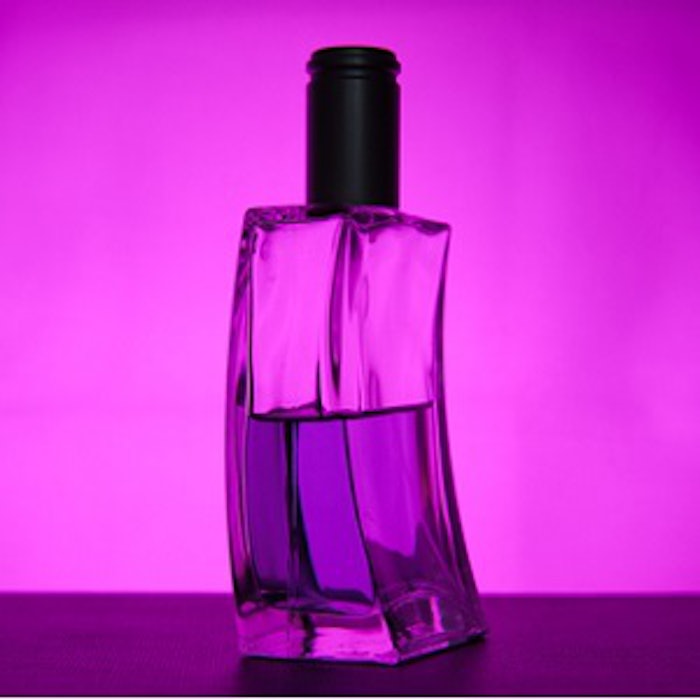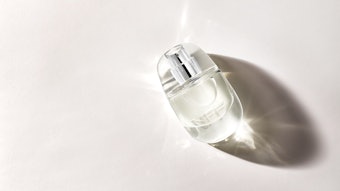
Creativity and the art of perfumery are the essential strengths of the fragrance industry, and that statement will be as true 20 years from now as it is today. No one has ever written a mathematical algorithm that accurately predicts what each individual consumer likes to smell or what is the perceived scent of a combined 100 ingredients. These assets have been both necessary and sufficient for the profitable growth of the industry, and they are certainly necessary for the future. But … are they sufficient for continued growth? Can this industry remain profitable by building upon creativity alone? Several things have changed over the past two decades that warrant another look at the innovation directions of fragrances:
- The analytical capabilities of industry laboratories have become so good that one can closely derive the formula of a competitor’s perfume. Formula secrecy has always been the wall that protects industry from scent copying. Granted that minute additions of specialized captive ingredients can still hide the secrets of a complex fine fragrance, but in consumer products (which represent the bulk of volume in this industry), one can get so close so as to be indistinguishably different to consumers.










